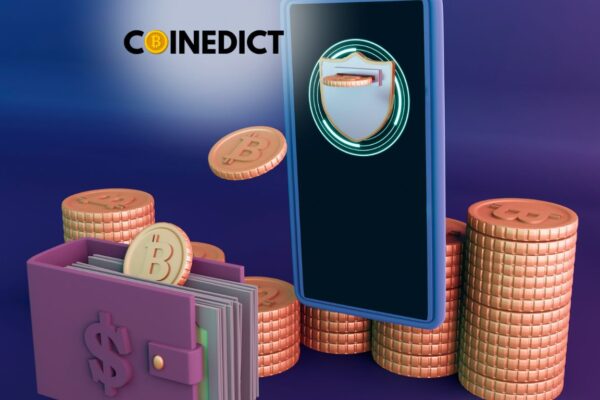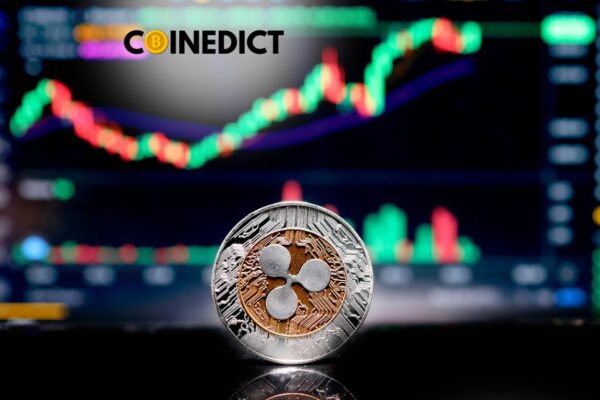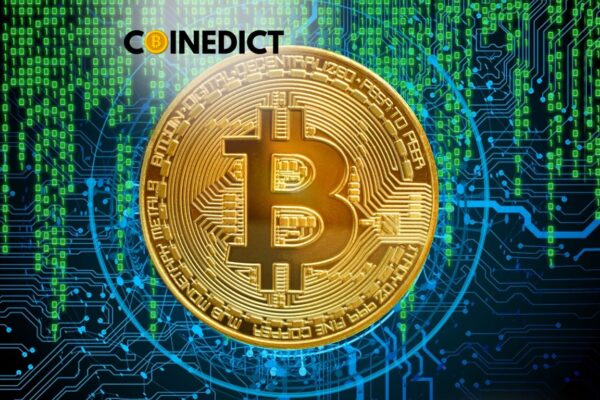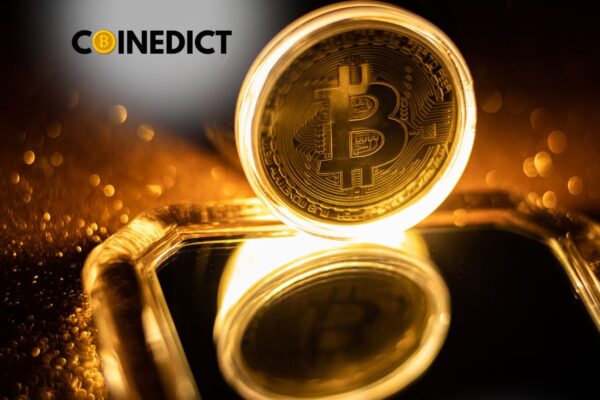As the cryptocurrency world steps into 2025, the industry is poised for unprecedented growth and transformation. The developments of 2024, from Bitcoin surpassing $100,000 to the launch of crypto-focused exchange-traded funds (ETFs), have laid a strong foundation for the year ahead. Experts predict this year could mark a turning point for the adoption, regulation, and innovation of digital assets. Bitcoin and Ethereum: The Titans Rise Higher Bitcoin’s journey past the $100,000 milestone in 2024 was not just a price achievement; it was a statement of resilience and maturity. Supported by the introduction of ETFs, Bitcoin solidified its position as a trusted asset in the global financial system. Ethereum also showed promise, with its growing role in decentralized finance (DeFi) and institutional adoption. For 2025, predictions suggest even greater heights for these leading cryptocurrencies. Bitcoin could climb to $150,000, while Ethereum might exceed $8,000, fueled by favorable economic conditions, the impact of Bitcoin’s halving, and increased liquidity in global markets. A Shift in U.S. Crypto Regulation The political landscape in the U.S. has taken a pro-crypto turn. President-elect Donald Trump’s administration is set to prioritize blockchain innovation and streamline regulations for the crypto industry. With Paul Atkins leading the SEC, a more supportive regulatory framework is on the horizon, aiming to position the U.S. as a global hub for blockchain and cryptocurrency. This change is expected to drive massive investments into the sector and foster an environment of trust, making crypto more accessible to mainstream users and institutional players alike. The Expanding Role of Stablecoins While Bitcoin and Ethereum steal the limelight, stablecoins are quietly transforming global finance. In 2025, stablecoins are expected to play a central role in payments, settlements, and cross-border transactions. Their speed, low cost, and accessibility make them a preferred choice for individuals and businesses alike. Companies like BitGo are stepping up, with projects like GoUSD aiming to modernize financial systems and provide greater financial inclusion. As adoption grows, stablecoins could become the backbone of digital and traditional finance. Crypto Adoption Goes Mainstream The adoption curve for cryptocurrencies is steepening, driven by diverse use cases. Whether through decentralized applications in gaming, crypto ETFs for investors, or stablecoins for everyday payments, the ecosystem is expanding rapidly. Blockchain’s transformative power is reshaping industries, from supply chain to social media. Its ability to deliver faster, more secure, and cost-effective solutions is paving the way for a future where crypto isn’t just a niche—it’s a necessity. A Safer, More Transparent Industry The crypto industry has come a long way in addressing its challenges. Reports show that illicit activity now accounts for less than 0.5% of total on-chain transactions. This progress underscores the sector’s commitment to transparency and accountability. The elimination of bad actors during the turbulent years of 2022 and 2023 has strengthened the ecosystem. Today, the focus is on building trust and delivering value, ensuring that crypto evolves as a reliable and secure financial asset class. Final Thoughts 2025 is shaping up to be a defining year for cryptocurrencies and digital assets. With strong regulatory support, rising adoption, and innovations across the board, the future of crypto looks brighter than ever. From individuals to institutions, everyone has a role to play in this transformative journey. The question isn’t whether crypto will thrive—it’s how big its impact will be.



















